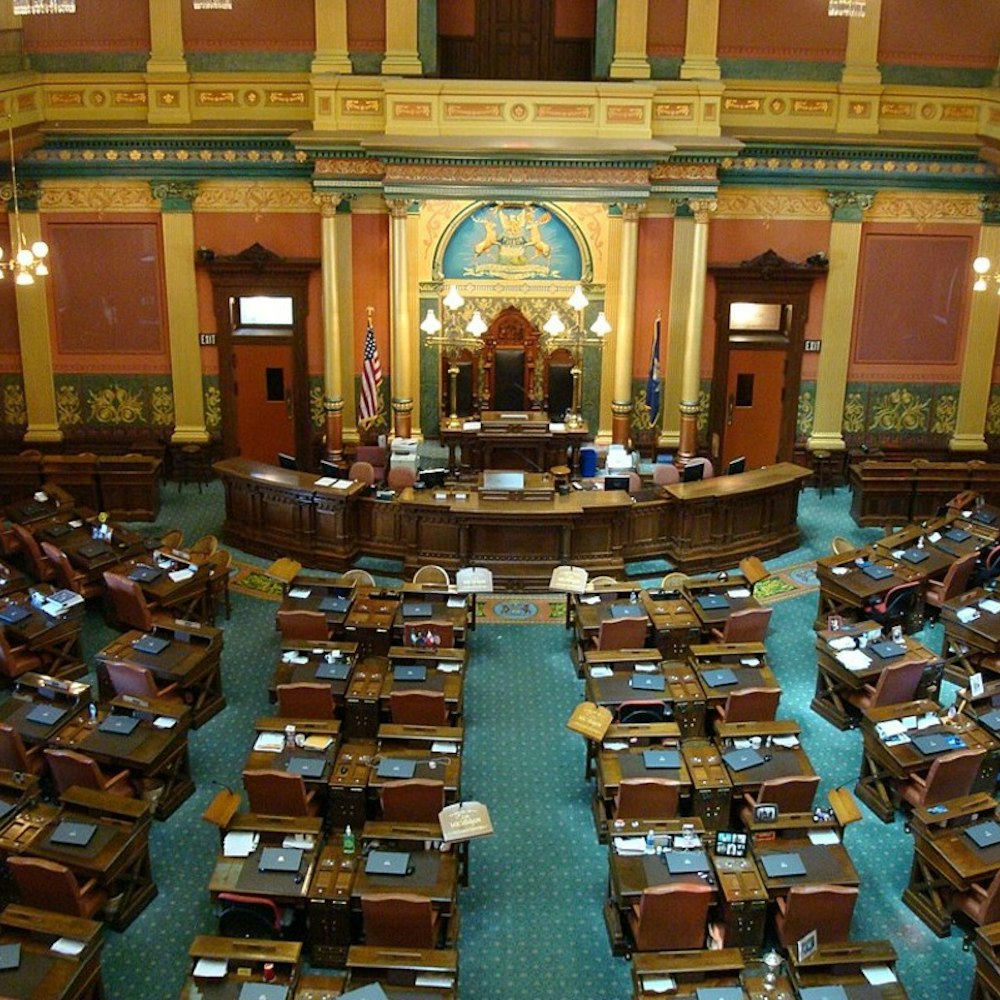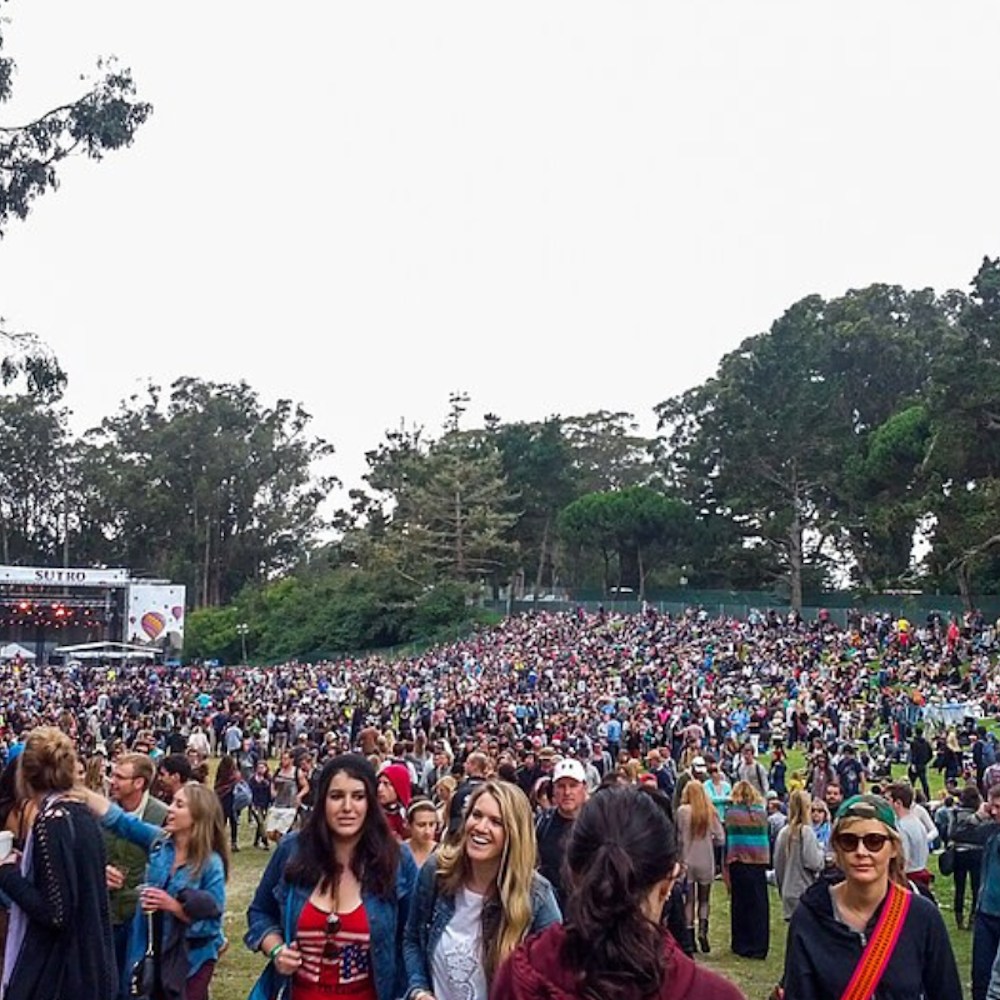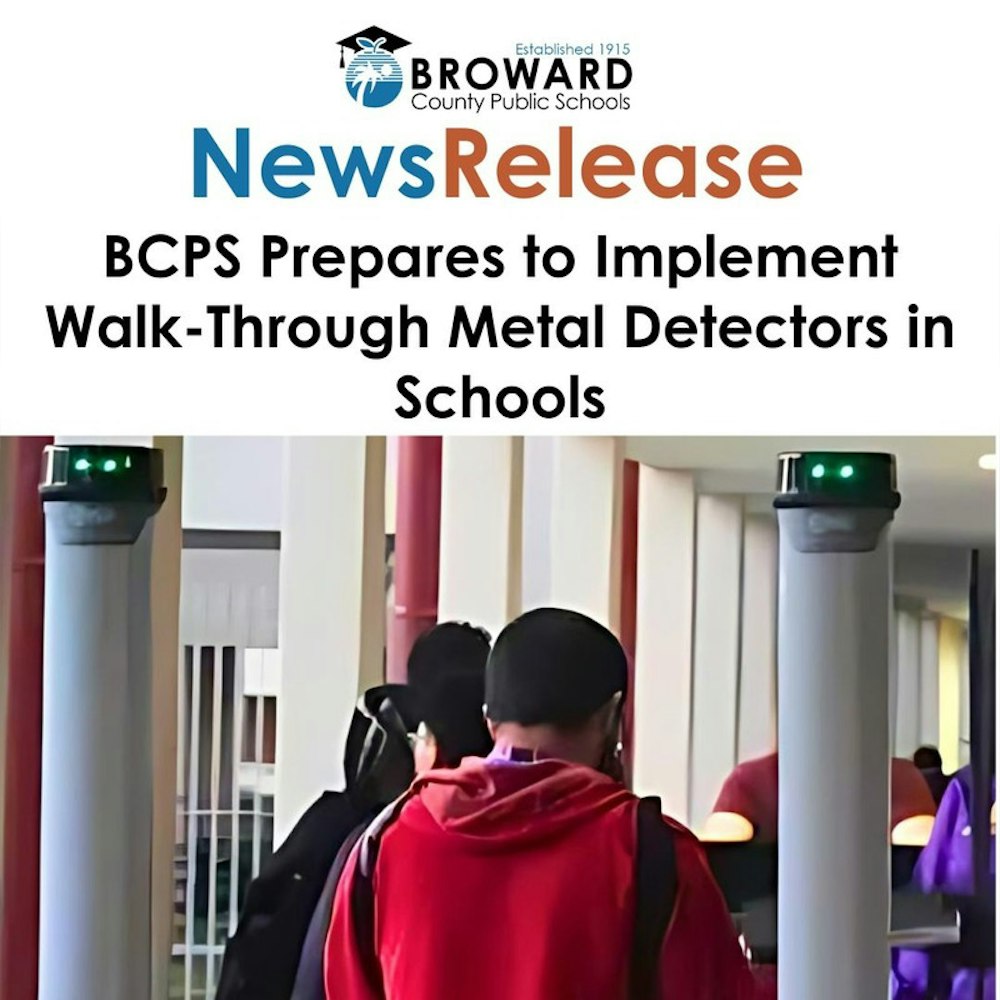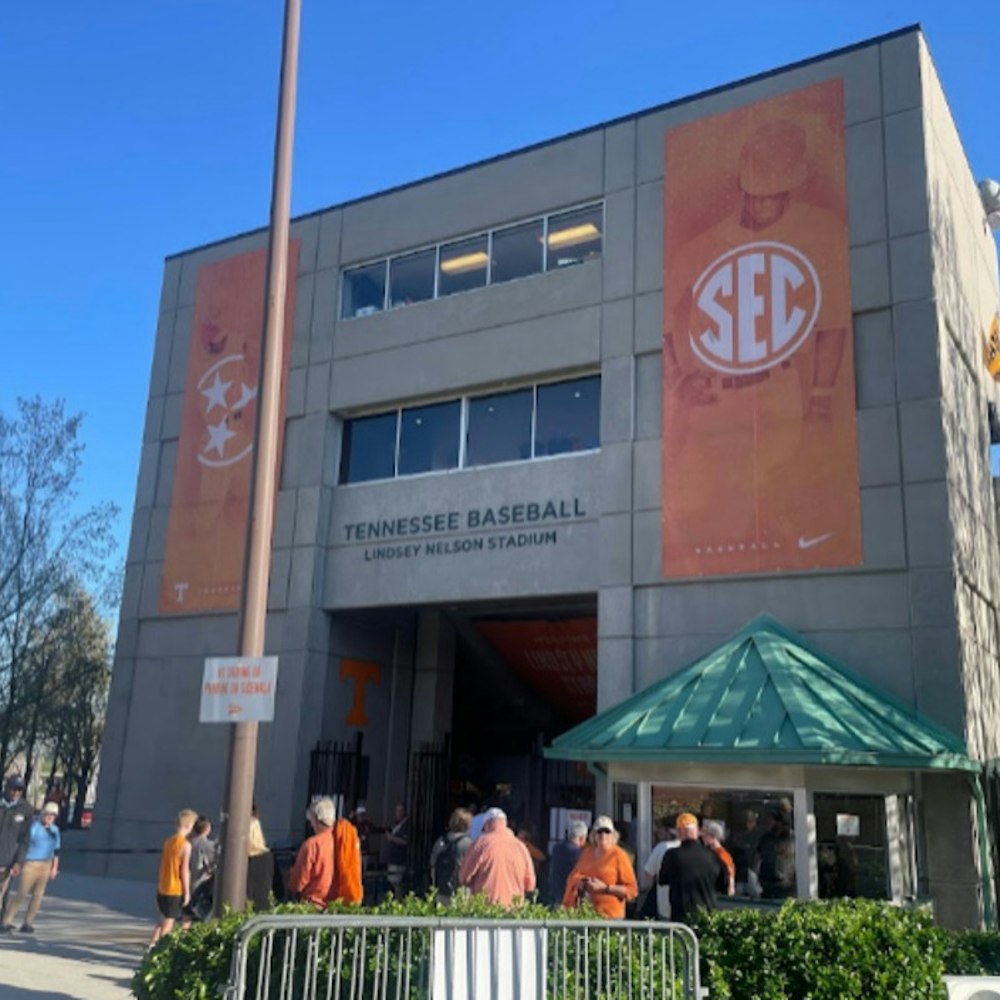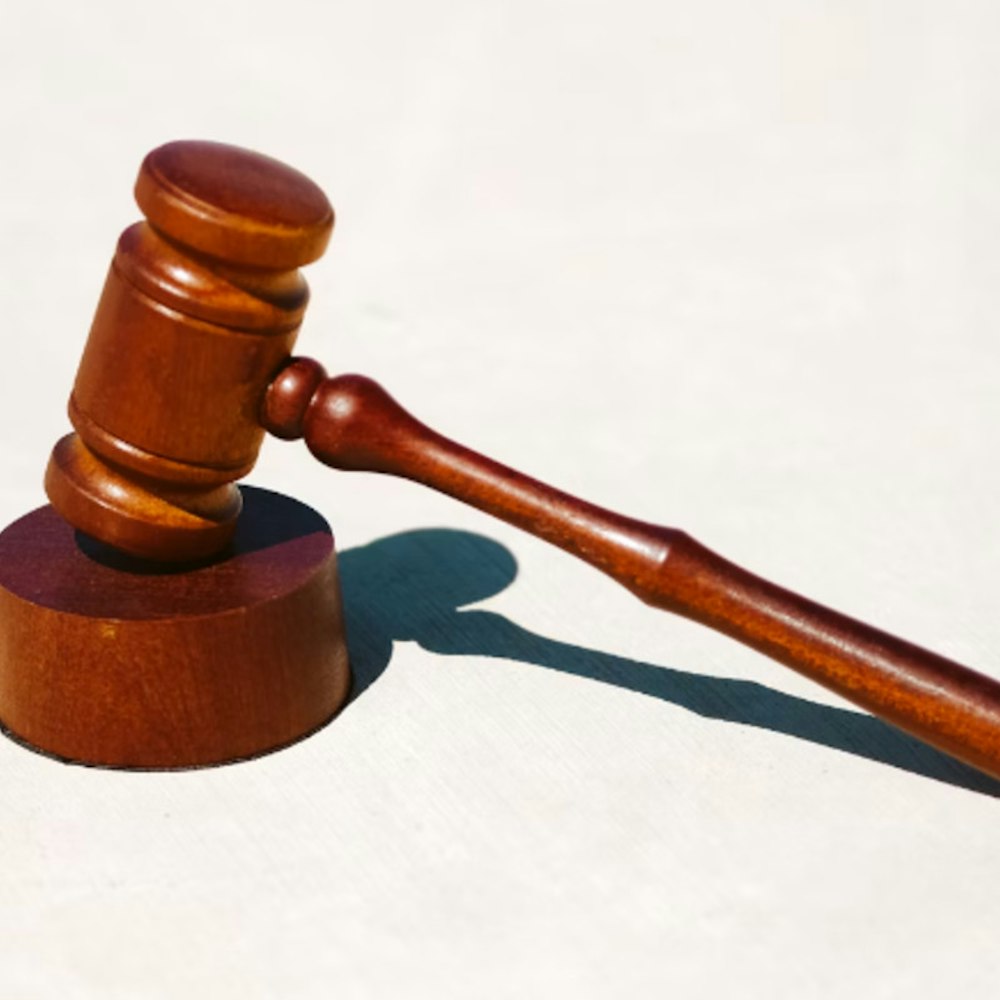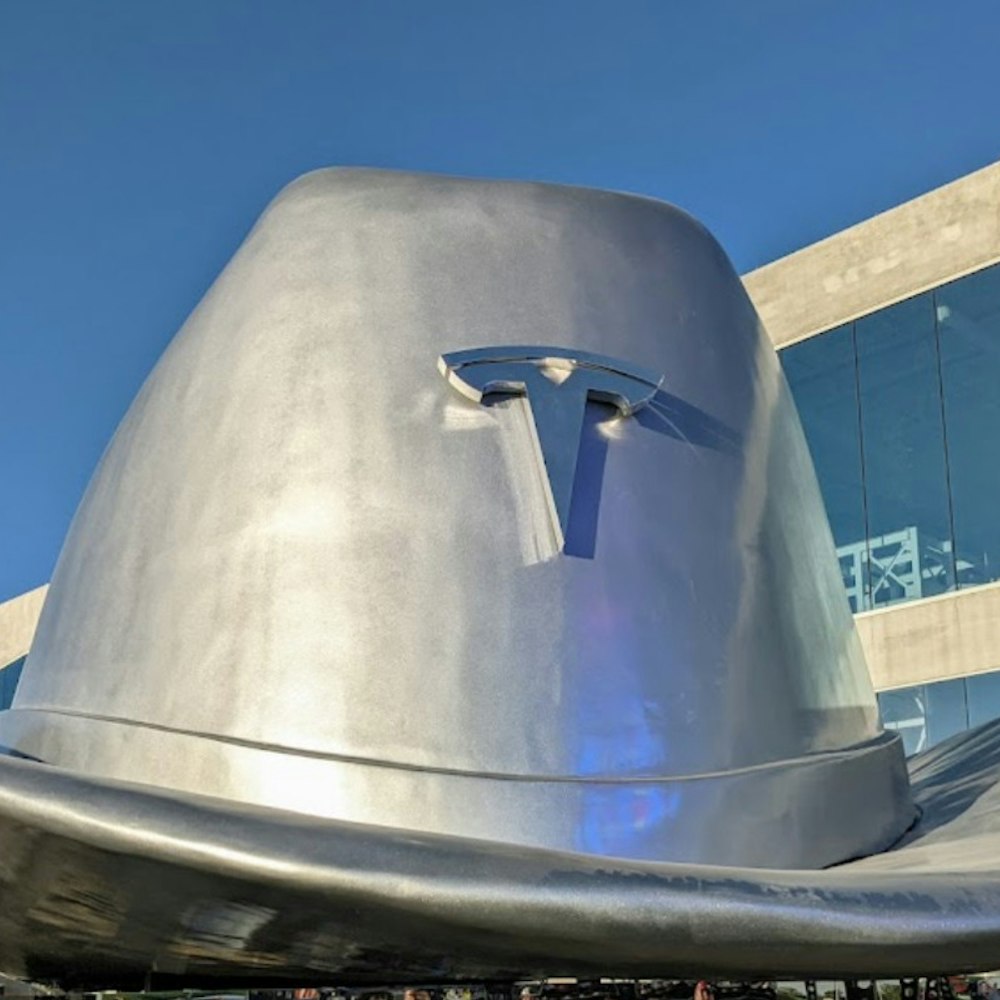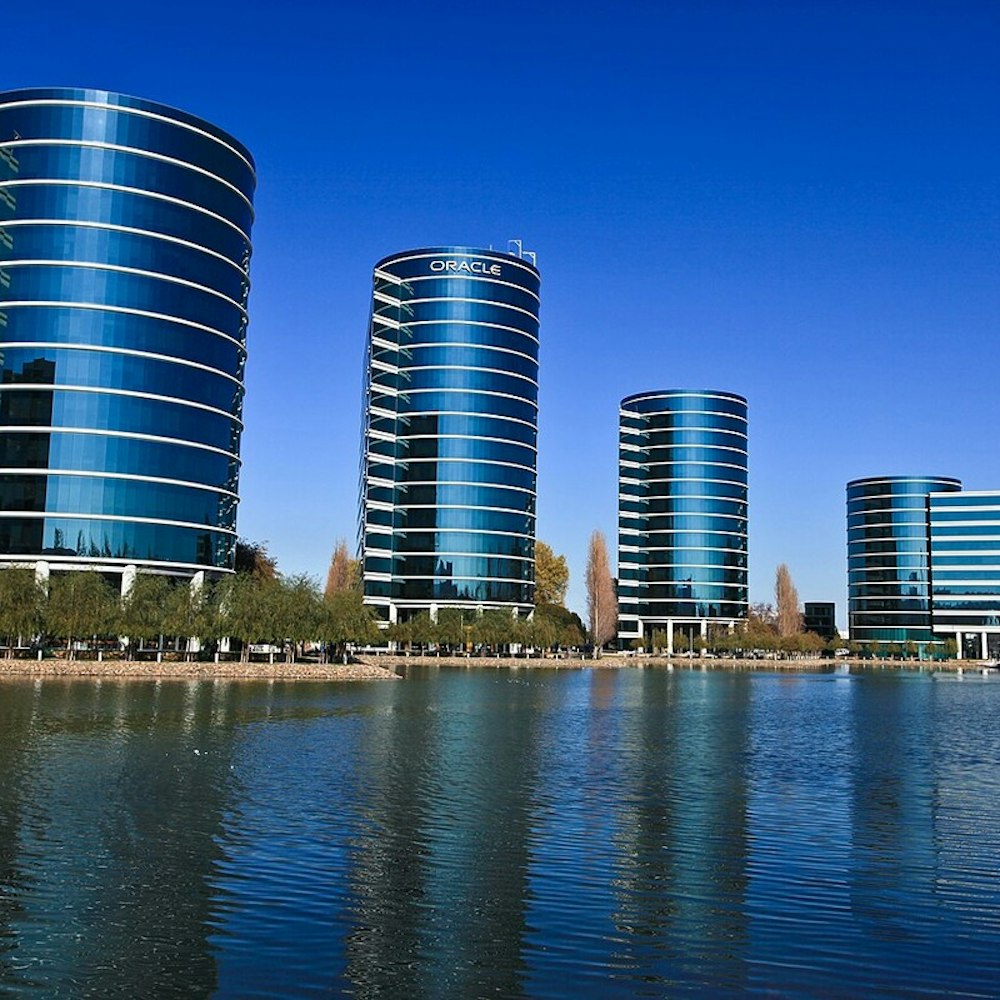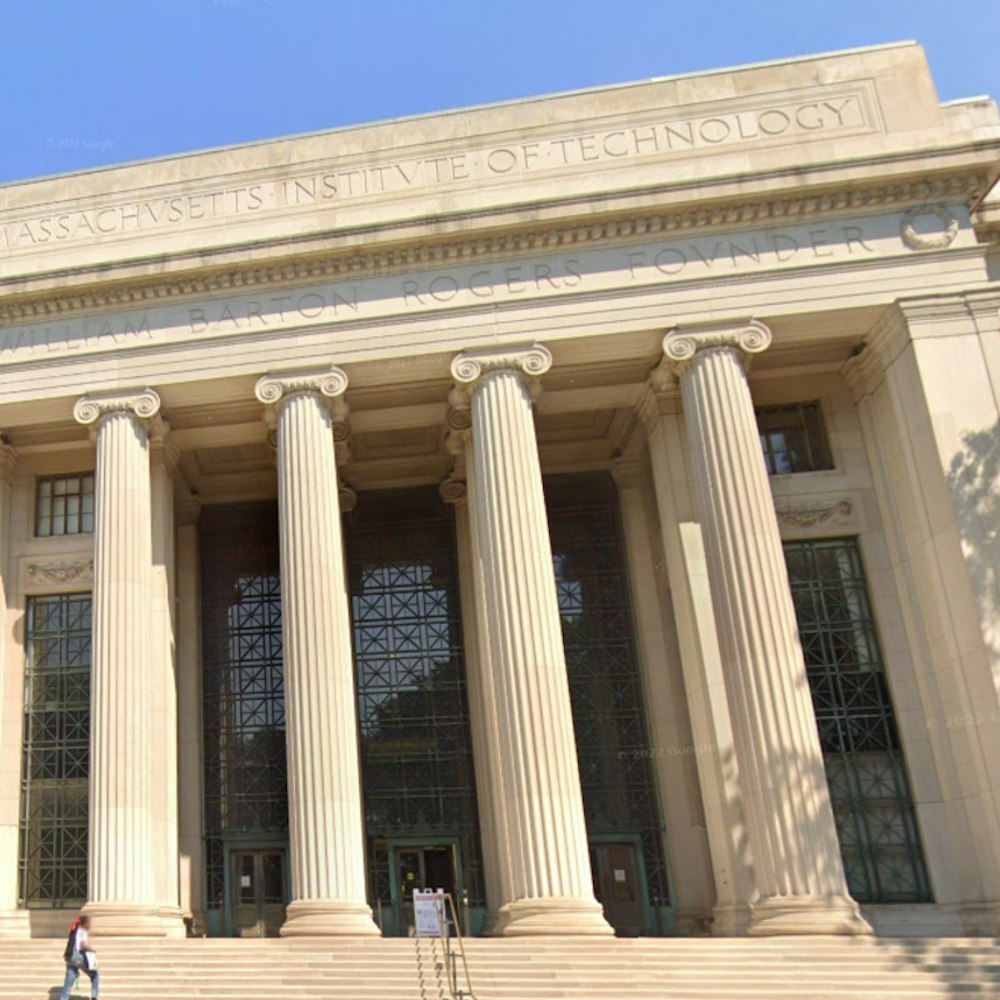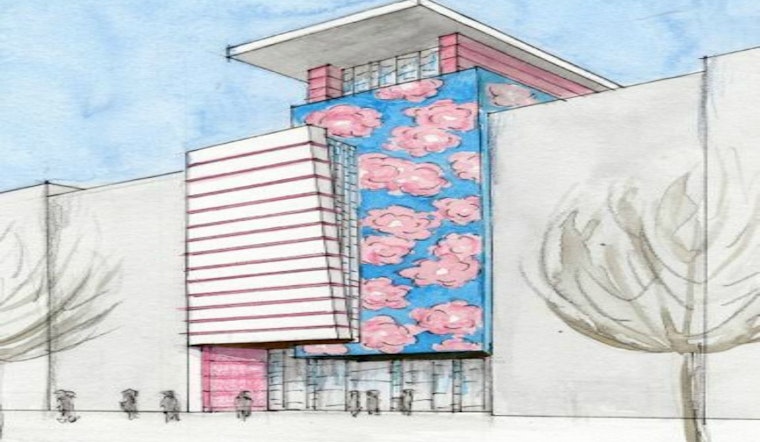
On January 31st, the Board of Supervisors voted to approve a resolution that will help the GLBT Historical Society's realize its long standing dream of building a full scale, comprehensive museum. The resolution calls upon city authorities, businesses and philanthropic organizations to support the historical society's efforts to bring the new museum into existence.
Since 2010, the GLBT Historical Society has operated a small, storefront museum at 4127 18th St. in the Castro. The space is 1,600 square feet, just enough room for two small galleries and seating for 50 people.
Historical Society Executive Director Terry Beswick tells Hoodline that a new location will allow for bigger and longer exhibitions, as well as permanent exhibits, which the 18th Street museum hasn't been able to host due to size constraints.
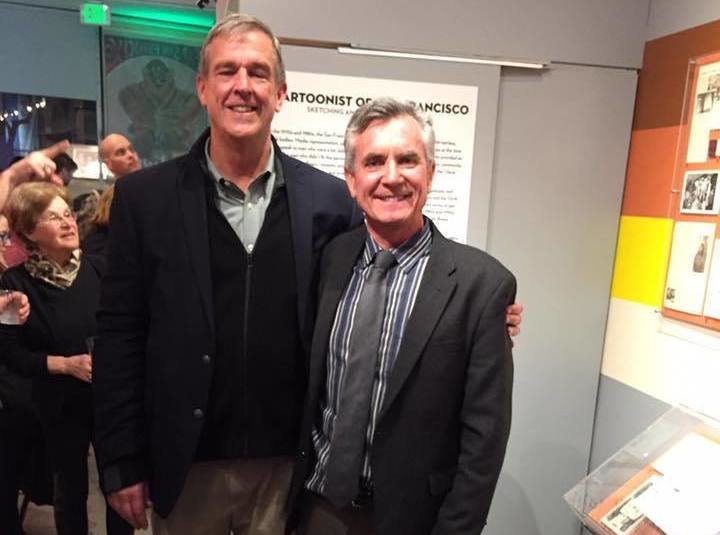
But don't say goodbye to the 18th Street museum just yet. It will continue to operate for several more years.
"Our current museum lease expires in October 2020, and we have been told that there is no possibility of a further extension," Beswick said. "But even if there were, the museum is simply too small to adequately represent our rich and diverse community's history, and we are using this time frame as an impetus to establish a new, much larger home."
Beswick expects the new location to be considerably larger than the 18th Street museum. "We are planning a new museum of between 25,000 and 50,000 square feet, including space for the archives and a research center, multiple galleries, a lecture hall, a classroom, a gift shop and cafe. We're planning a fully-equipped event space that will permit film showings, classes, lectures and, of course, fabulous parties."
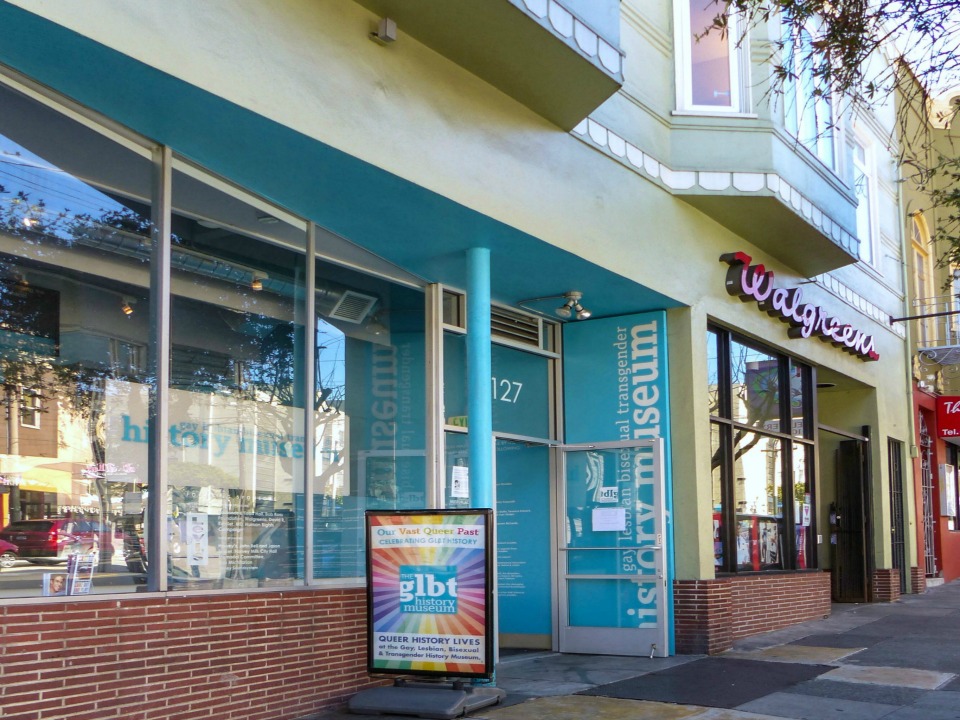
The search for the new museum's location is currently underway. And whether a GLBT museum will be located in the Castro after 2020 remains unclear.
"There is talk about maintaining a smaller museum in the Castro neighborhood, and I think it would be great if we could do that," Beswick explained. "But I think it is important to recognize that the Castro is changing, and LGBTQ people have been centered in a number of other areas over the years, as they are today. Our focus will be on establishing a full-fledged museum that can represent all our communities and will be easily accessible to visitors."
Many in the LGBT community have suggested the Tenderloin as a possible locale, citing the neighborhood's historical significance—including the Compton's Cafeteria Riot, which took place on Taylor at Turk in 1966.
But right now, Beswick is keeping his options open—and an eye on development South of Market.
"Our best options for a new location of adequate size will likely be in areas where substantial development is underway," he said. "We hope to partner with a developer and with the city to establish our museum on the ground floor of a high-rise development that is already in the works. There are several prospects that we have identified. Currently, my focus is on the Central SoMa district, which is currently being rezoned to allow for high-density growth in housing and office space in anticipation of the opening of the new Central Subway in 2019."
Beswick reports that the Historical Society's 2017 budget, $1 million, is a 50 percent increase since 2015. Funding comes from a combination of major donors and memberships, private foundations and corporations, the society's annual gala, and the city.
"We've just hired additional staff to help with development and finance, and this year we are working to build our capacity for further growth in anticipation of launching a capital campaign for the new museum," Beswick said. "Looking at comparable museums in the area, we anticipate that the annual operating budget will be at least $5 million."
Beswick promises that the new museum will be a diverse celebration of LGBTQ history. "With the new museum, we will help ensure that LGBTQ people are inspired by their own little-known heritage," he said. "In addition, we will foster understanding and respect for the full diversity of sexualities and genders among the general public."
Underscoring the need for such an institution, Beswick points out that San Francisco is a museum town. "When you think about all the queer history that started here and you look around at all the other museums dedicated to specific cultures and populations, it only makes sense that we should have a major LGBTQ museum."
